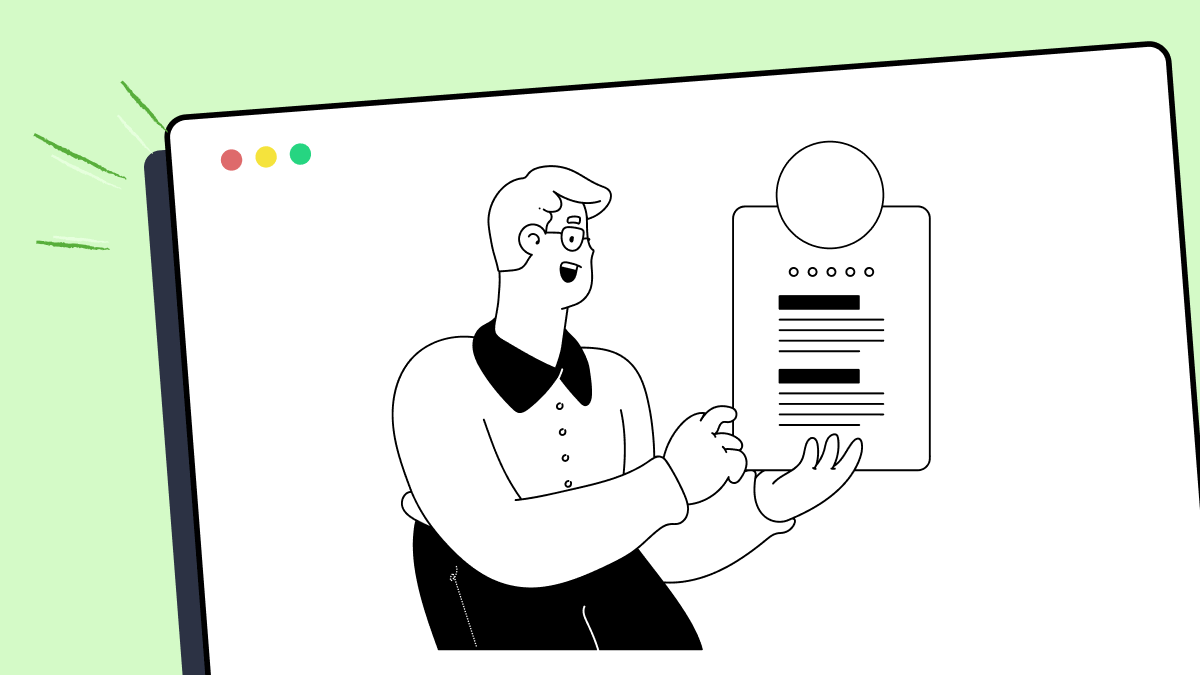How to use iterate_tests method in stestr
Best Python code snippet using stestr_python
test_testsuite.py
Source: test_testsuite.py
...55 ], wrap_log)56 # Smoke test to make sure everything ran OK.57 self.assertNotEqual([], result_log)58 def split_suite(self, suite):59 tests = list(iterate_tests(suite))60 return tests[0], tests[1]61class TestFixtureSuite(TestCase):62 def setUp(self):63 super(TestFixtureSuite, self).setUp()64 if FunctionFixture is None:65 self.skip("Need fixtures")66 def test_fixture_suite(self):67 log = []68 class Sample(TestCase):69 def test_one(self):70 log.append(1)71 def test_two(self):72 log.append(2)73 fixture = FunctionFixture(74 lambda: log.append('setUp'),75 lambda fixture: log.append('tearDown'))76 suite = FixtureSuite(fixture, [Sample('test_one'), Sample('test_two')])77 suite.run(LoggingResult([]))78 self.assertEqual(['setUp', 1, 2, 'tearDown'], log)79class TestSortedTests(TestCase):80 def test_sorts_custom_suites(self):81 a = PlaceHolder('a')82 b = PlaceHolder('b')83 class Subclass(unittest.TestSuite):84 def sort_tests(self):85 self._tests = sorted_tests(self, True)86 input_suite = Subclass([b, a])87 suite = sorted_tests(input_suite)88 self.assertEqual([a, b], list(iterate_tests(suite)))89 self.assertEqual([input_suite], list(iter(suite)))90 def test_custom_suite_without_sort_tests_works(self):91 a = PlaceHolder('a')92 b = PlaceHolder('b')93 class Subclass(unittest.TestSuite):pass94 input_suite = Subclass([b, a])95 suite = sorted_tests(input_suite)96 self.assertEqual([b, a], list(iterate_tests(suite)))97 self.assertEqual([input_suite], list(iter(suite)))98 def test_sorts_simple_suites(self):99 a = PlaceHolder('a')100 b = PlaceHolder('b')101 suite = sorted_tests(unittest.TestSuite([b, a]))102 self.assertEqual([a, b], list(iterate_tests(suite)))103def test_suite():104 from unittest import TestLoader...run_tests.py
Source: run_tests.py
...3import __init__4from unittest import TestLoader, runner, TestSuite5this_dir = os.path.dirname(__file__)6dirs = ["pagemodel", "addon", "libdict"]7def iterate_tests(test_suite_or_case):8 """Iterate through all of the test cases in 'test_suite_or_case'."""9 try:10 suite = iter(test_suite_or_case)11 except TypeError:12 yield test_suite_or_case13 else:14 for test in suite:15 for subtest in iterate_tests(test):16 yield subtest17loader = TestLoader()18tests = TestSuite([loader.discover(os.path.join(this_dir, d), top_level_dir=this_dir) for d in dirs])19test_runner = runner.TextTestRunner()20def run_light():21 lighttests = []22 for test in iterate_tests(tests):23 if hasattr(test, "is_heavy") and test.is_heavy:24 pass25 else:26 lighttests.append(test)27 lighttests = TestSuite(lighttests)28 test_runner.run(lighttests)29def run_heavy():30 test_runner.run(tests)31def main():32 from optparse import OptionParser33 parser = OptionParser()34 parser.add_option("-l", "--heavy",35 action="store_true", dest="heavy", default=False,36 help="run heavy tests also")...utils.py
Source: utils.py
1# Copyright (c) 2008-2010 testtools developers. See LICENSE for details.2"""Utilities for dealing with stuff in unittest.3Legacy - deprecated - use testtools.testsuite.iterate_tests4"""5import warnings6warnings.warn("Please import iterate_tests from testtools.testsuite - "7 "testtools.utils is deprecated.", DeprecationWarning, stacklevel=2)...Blogs
Check out the latest blogs from LambdaTest on this topic:
In recent times, many web applications have been ported to mobile platforms, and mobile applications are also created to support businesses. However, Android and iOS are the major platforms because many people use smartphones compared to desktops for accessing web applications.
The web paradigm has changed considerably over the last few years. Web 2.0, a term coined way back in 1999, was one of the pivotal moments in the history of the Internet. UGC (User Generated Content), ease of use, and interoperability for the end-users were the key pillars of Web 2.0. Consumers who were only consuming content up till now started creating different forms of content (e.g., text, audio, video, etc.).
Agile project management is a great alternative to traditional methods, to address the customer’s needs and the delivery of business value from the beginning of the project. This blog describes the main benefits of Agile for both the customer and the business.
Automation Testing Tutorials
Learn to execute automation testing from scratch with LambdaTest Learning Hub. Right from setting up the prerequisites to run your first automation test, to following best practices and diving deeper into advanced test scenarios. LambdaTest Learning Hubs compile a list of step-by-step guides to help you be proficient with different test automation frameworks i.e. Selenium, Cypress, TestNG etc.
LambdaTest Learning Hubs:
- JUnit Tutorial
- TestNG Tutorial
- Webdriver Tutorial
- WebDriverIO Tutorial
- Protractor Tutorial
- Selenium 4 Tutorial
- Jenkins Tutorial
- NUnit Tutorial
- Jest Tutorial
- Playwright Tutorial
- Cypress Tutorial
- PyTest Tutorial
YouTube
You could also refer to video tutorials over LambdaTest YouTube channel to get step by step demonstration from industry experts.
Try LambdaTest Now !!
Get 100 minutes of automation test minutes FREE!!



